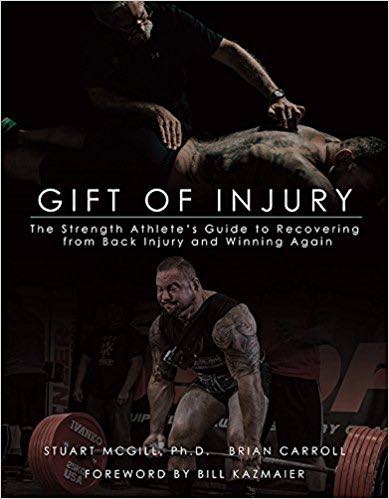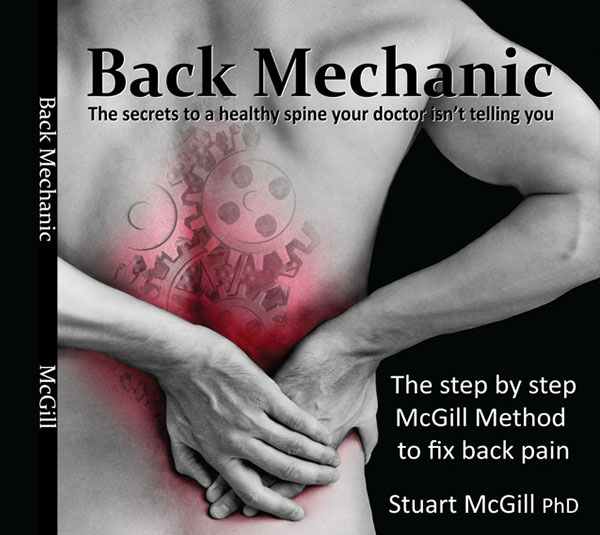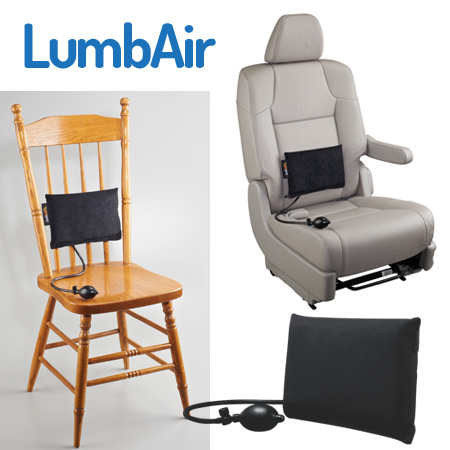08 Oct The Truth About Deadlifts: Science vs. YouTube “Experts”
Article Rundown
- A YouTuber twisted Dr. McGill’s words, calling sound spine science “fearmongering.”
- Brian stresses that “heavy” and “risk” are always relative to the lifter.
- McGill’s comments were about injured backs, not healthy lifters chasing PRs.
- Deadlifts aren’t dangerous — ego and ignorance are.
The Real Science Behind Deadlifts: Setting the Record Straight
Every once in a while, someone with a “PhD in YouTube” decides they’ve cracked the code on biomechanics. The latest video making the rounds was from a Rippatoe parrot confidently proclaiming that squats and deadlifts are perfectly safe — and that Dr. Stuart McGill, the world’s leading spine biomechanist, is flat-out wrong about spinal stress and injury risk. Also calling Dr. McGill an “exercise scientist”…
That kind of arrogance would almost be funny if it weren’t so misleading. The guy literally played a clip of McGill explaining, in crystal-clear language, how endplates and bone scaffolding adapt — how micro-fractures accumulate into full-blown fractures if you don’t give them time to heal — and then said, “See? He’s fearmongering.”
No, he’s not. He’s describing basic tissue biology — the same science that’s rebuilt thousands of injured lifters around the world, including the work we documented in Gift of Injury.
Heavy Is Relative — and Context Is Everything
The YouTuber proudly showed himself pulling in the 400s and called it a “relatively heavy deadlift.” Then he pivoted to talk about how people overstate the injury risk of being strong.
Look, I don’t care if it’s 400 pounds, 600, or 800 — heavy is relative. It depends on who you are, your training age, your structure, and what your tissues can actually tolerate. Heavy for me isn’t heavy for my wife. Heavy for a 15-year-old kid doing a bad high-school powerlifting program might be a recipe for disaster.
And that’s the point. Context matters.
When you talk about “risk versus reward,” you have to define the lifter. Are we discussing a healthy athlete chasing performance, or a 50-year-old who’s been in pain for two decades? Because the rules aren’t the same.
Injury Isn’t Binary
The video lumped every possible lifting injury into one big “risk” category, as if tearing a biceps tendon is the same thing as fracturing a vertebral endplate. It’s not even close.
For anyone who actually understands anatomy: the endplate is a thin layer of cartilage that connects the disc to the vertebra, anchored by Sharpey’s fibers. Around that, you’ve got the facet joints, vertebral body, and the nerve roots like L4 and L5 and S1 that innervate and control the glutes, hamstrings, and quads. When those nerves are irritated or compressed — when the tissues are inflamed or fractured — it’s not just “soreness.” It’s structural compromise.
People don’t just snap their spine in half; they break down quietly — rep by rep, session by session — until one day they can’t tie their shoes without pain. Micro-trauma adds up. That’s the reality McGill was describing, and the YouTuber completely missed it.
What McGill Actually Said
Here’s the real context. The clip came from Dr. Peter Attia’s podcast — a conversation about back-injured patients, not competitive lifters. Attia has had multiple failed back surgeries and decades of pain. McGill’s point was simple: if someone comes into his clinic with a fractured or sensitized spine, it might not be wise to keep deadlifting for a PR.
If that same person asked, “Should I deadlift again someday?” the answer is “maybe,” depending on how well they rebuild tolerance and capacity. But when your goal is to live without pain, not to hit a platform total, your training priorities have to shift.
When a 50-year-old walks into my gym or McGill’s lab and says they want to PR their deadlift, the first question isn’t “What’s your max?” It’s “What’s your injury history, and what’s your goal?” No one’s paying you a million dollars to lift. The point is to build resilience — not to destroy what little capacity you have left.
Learn Before You Lecture
What frustrates me most isn’t disagreement — it’s the complete lack of understanding. You can’t take a two-minute sound bite, strip away the medical context, and then declare the expert wrong. That’s not debate; that’s ego.
If you want to challenge Dr. Stuart McGill — or anyone who’s spent 40 years researching the spine — at least learn what an endplate is. Understand how bone scaffolding works. Know the difference between a healthy tissue adapting to load and a damaged tissue failing under it.
Deadlifts and squats aren’t dangerous. Ignorance is. Done intelligently, they’re two of the best tools we have for building capacity and strength. Done recklessly, or applied to the wrong person at the wrong time, they can destroy a spine.
The science hasn’t changed — the understanding just hasn’t caught up.










Sorry, the comment form is closed at this time.